Geotab study reveals electric vehicle batteries lose 2.3% of their capacity yearly – how to minimise this
The battery is one of the most expensive components in an electric vehicle, but just how long does an EV battery last? A new study by telematics company Geotab attempts to answer this by providing an insight into how batteries used by EVs degrade over time.
Firstly, battery degradation is a natural process that permanently reduces the amount of energy a battery can store, or the amount of power it can deliver. Most EV batteries can deliver more power than the drive components can handle, so power degradation is rarely observable in EVs and only the loss of the battery’s ability to store energy matters.
The condition of the battery is referred to as state of health (SOH), which is a measure of how much energy the battery can deliver in kWh, and this normally starts at 100% before deteriorating over time. Even if you don’t own an EV, you’ve probably encountered such a scenario when using your laptop or smartphone for a few years, only to discover it can’t “hold its charge” for long.
One thing to note is the battery’s SOH is not the same as vehicle range – the distance the vehicle can travel on those kWhs – as this can vary on a trip-by-trip basis. A number of factors affect this, including charge level, temperature, driving habits, payload, and others.
Battery health is an important aspect of an EV, as it not only has a direct impact on the maximum usable range over time – the number of kWhs available – but also the vehicle’s residual value. Most manufacturers provide customers with the assurance of a battery warranty, which varies by manufacturer and country.
Geotab’s study analysed the battery health of 6,300 fleet and consumers EVs, which represents 1.8 million days of data. Based on the processed data, the company compiled the aggregated average degradation data for 21 distinct vehicle models, representing 64 makes, models, and years.
From its data, it is revealed that the average decline in battery capacity is relatively minor at 2.3% per year. According to the company, should you purchase an EV today with a range of 241 km, you’d lose about 27 km of range after five years, which is unlikely to heavily impact your day-to-day needs.
The study also offers a few key takeaways on the factors that impact EV battery health, with time being one of them. It’s no surprise that the older a vehicle is, the more likely its battery has deteriorated, although this is dependant on the vehicle’s make and model year.
Most EVs feature lithium-ion batteries, which come with different chemistry variations that react differently to the stresses of driving use. In addition, manufacturers have their own temperature control systems, be it if a battery pack is cooled and/or heated by air or by liquid.
Comparing the 2015 Tesla Model S, which uses a liquid cooling system to the 2015 Nissan Leaf that uses passive air cooling, the latter saw a higher average degradation rate of 4.2% compared to the Tesla’s 2.3%. Based on this result, it’s clear that good thermal management equates to better protection against degradation.
Another reason for the differences in battery health between manufacturers is how the battery’s state of charge (SOC) is controlled. We’re often advised not to fully charge or completely deplete the batteries in our gadgets, and this is also applicable to EVs.
Put simply, operating a battery at near full or empty has implications on battery health. Most manufacturers attempt to limit this effect by implementing (or continuously revising) a buffer to prevent access to the extreme ends of the SOC range, while advising owners to stop normal daily charging at a level below 100%. Certain cars even offer specific EV modes that allow a owner to hold a battery’s SOC at a certain level to support this initiative.
Geotab points out that high vehicle use does not equal higher battery degradation, so long as they are within their daily driving range. However, vehicles driven in hot temperatures show faster decline in battery SOH.
The study also looked at the impact of different charging levels used, citing the three common types used in North America – Level 1 (120 volt regular home outlet), Level 2 (240 volt home wallbox or fleet charging) and DC fast charging.
While Level 2 is often noted as the optimal way to charge an EV, the difference in battery health between cars that are regularly charged on Level 2 as compared to Level 1 appeared to be observable but was not beyond the level of statistical significance, according to Geotab.
As for DC fast charging, the study finds that using this method does appear to impact the speed that batteries degrade, as rapidly charging a battery means high currents resulting in high temperatures, both known to strain batteries.
It is therefore advisable to minimise the use of DC fast charging, and only to do so during high-use duty cycles where a faster charge is necessary. However, if your vehicle sits overnight, Level 2 should be sufficient for the majority of your charging needs.
Other tips given to preserve battery health include avoid keeping your car sitting with a full or empty charge. Ideally, the battery’s SOC should be kept between 20-80% when leaving it for longer periods, and only to charge it fully for long distance trips. As the local climate is beyond an owner’s control, the best you can do is to avoid extreme hot temperatures, such as choosing shade when parked on hot days.
The post Geotab study reveals electric vehicle batteries lose 2.3% of their capacity yearly – how to minimise this appeared first on Paul Tan's Automotive News.
from Paul Tan's Automotive News
Read The Rest:paultan...


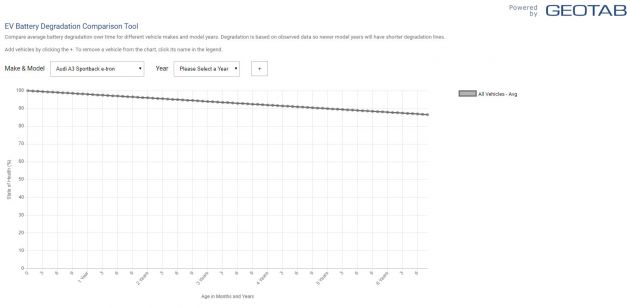
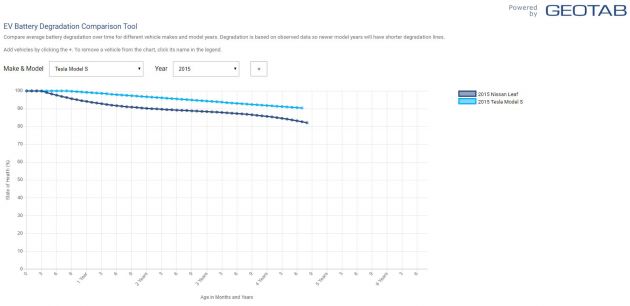
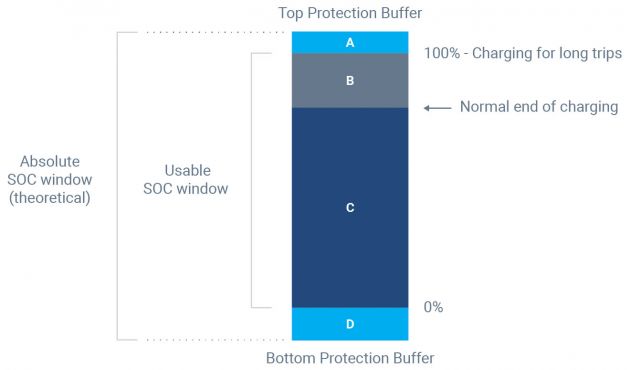
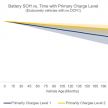
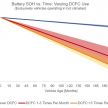

Post a Comment